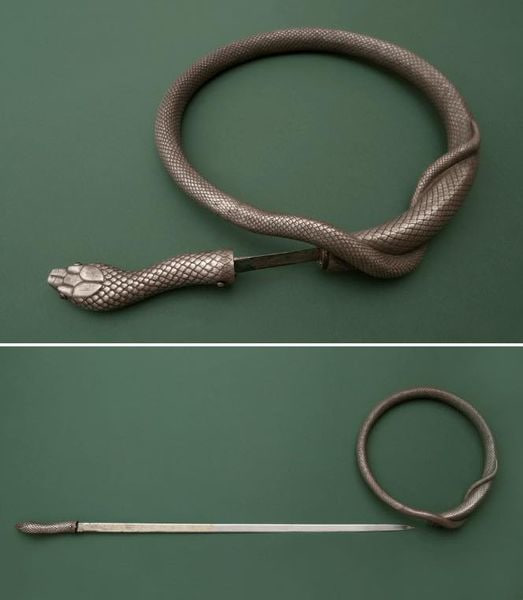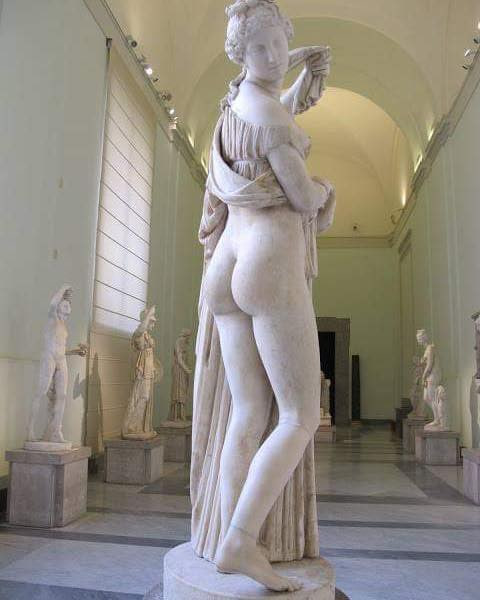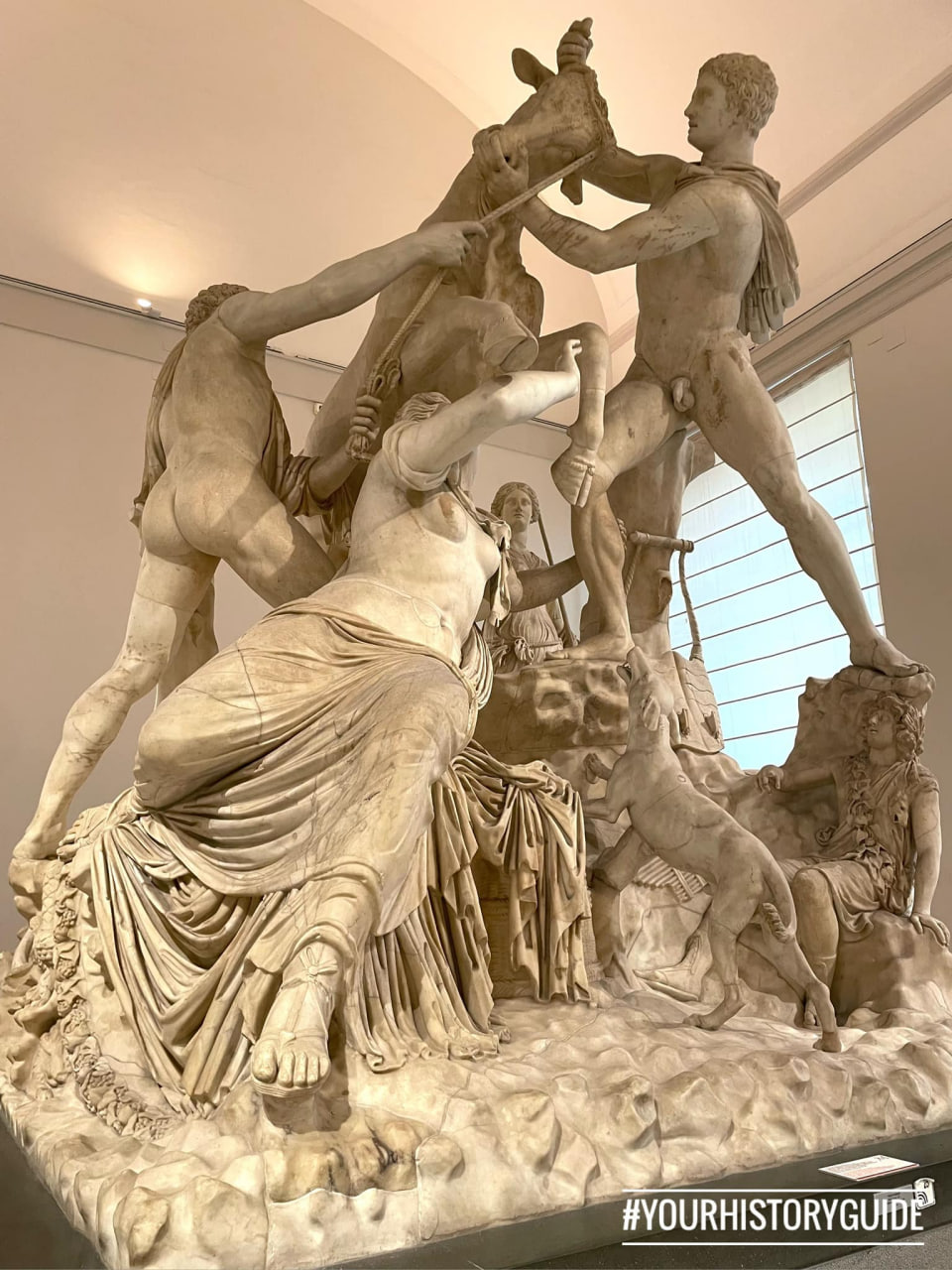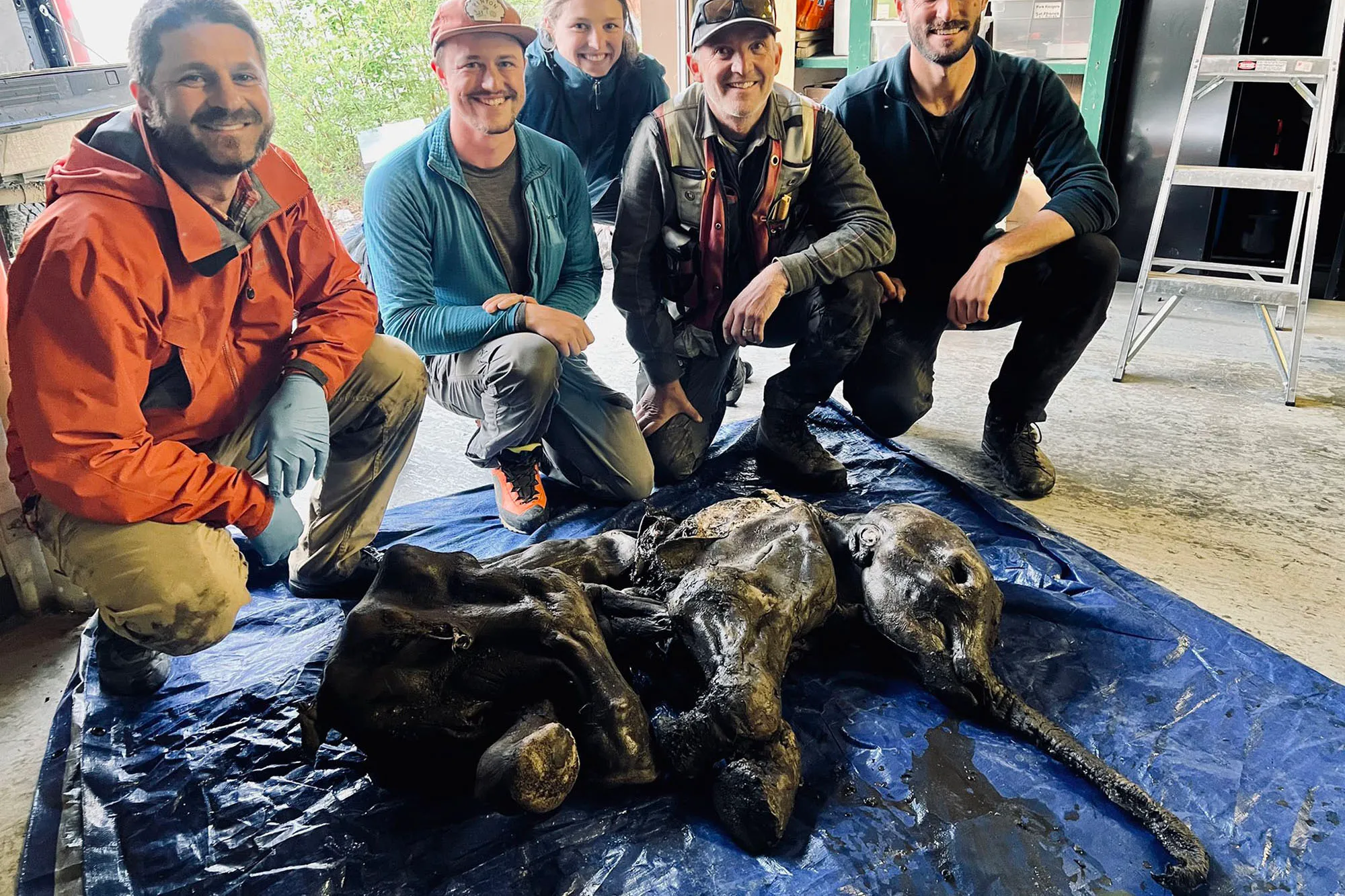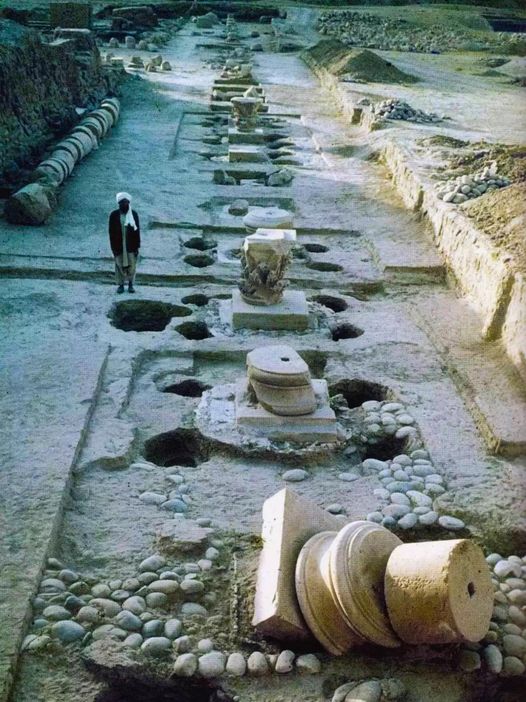In what started as a routine excavation near Buffalo, New York, scientists were astounded to uncover traces of copper cable dating back 120 years. The discovery, made at a depth of 10 feet, led researchers to surmise that a sophisticated telephone network was already in place in the region over a century ago.
However, this revelation was merely the starting point of a curious chain of competitive digs and ensuing claims. Not long after the New York discovery, an archaeologist from Wheeling, West Virginia, took the challenge to greater depths—literally. Excavating to 20 feet, West Virginian scientists found similar copper cables, which they dated back 200 years. The "Intelligencer" newspaper soon boasted of an even earlier high-tech communications network in West Virginia, eclipsing the New York find by a full century.

The friendly competition escalated when Pete Riley, a self-taught archaeologist from Barton, Ohio, joined the fray. After digging 30 feet into his pasture, Riley’s efforts unveiled no cables, no wires, nothing at all. In a whimsical turn, the local Ohio paper reported Riley's conclusion that Ohio must have been technologically ahead of the curve, having transitioned to wireless communication 300 years ago—a jest at the preceding findings and a nod to the modern age of wireless technology.
The series of digs, while starting as a genuine historical inquiry, has evolved into an amusing anecdote among the scientific community. It highlights not only the passion for regional heritage and scientific discovery but also the way modern perspectives can humorously reinterpret the past.
These findings—real and tongue-in-cheek alike—serve to remind us of the relentless pace of technological advancement. While scientists unearth the vestiges of our telecommunication history, local lore and humor remind us to view our past with both reverence and a sense of levity.






